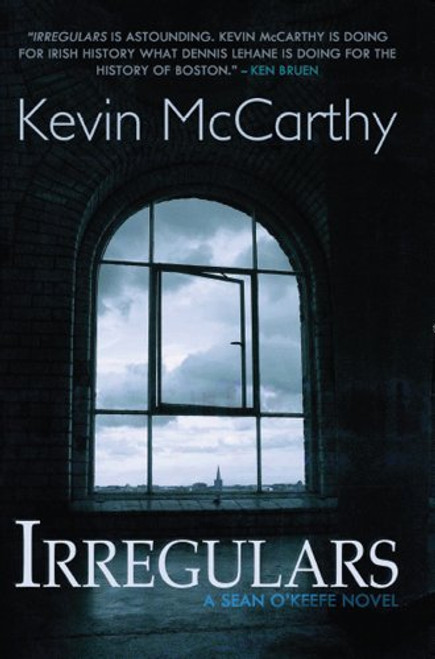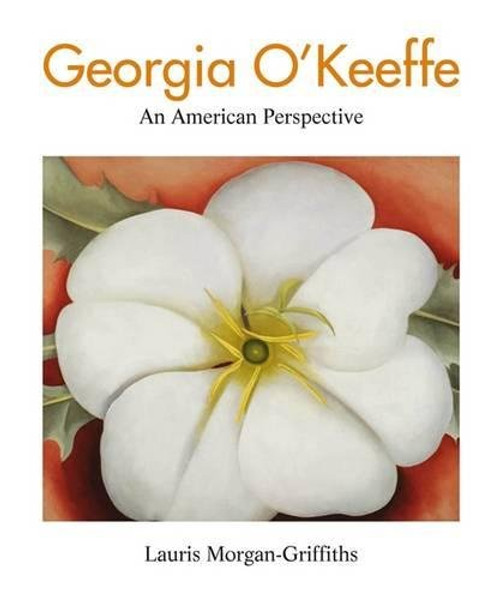Considered to be among the greatestearly American modernists, the painter Marsden Hartley (18771943) traveled the United States and Europe in his search for a distinctive American aesthetic. His stay in New Mexico resulted in an extraordinary series of landscape paintingscreated in New Mexico, New York, and Europe between 1918 and 1924that show an evolution in style and thinking that is important for understanding both Hartleys oeuvre and American modernism in the postwar years.
Marsden Hartley and the West examines this pivotal stage of the painters career, drawing upon his writings and providing illustrations of rarely seen and previously unpublished works. The author considers Hartleys involvement with the Stieglitz circle and its soil-and-spirit philosophy, the Taos art colony, New York Dada, and the impact of historical events such as World War I. Within this setting she analyzes the pastels and oil paintings that suggest Hartleys increasingly ambivalent response to the land. Beginning with optimistic, naturalistic views, the New Mexico works grew progressively darker and more tumultuous, increasingly reflecting a sense of loss brought on by war. The paintings become a site where the landscapes of memory, self, and nation merge, while reflecting broader modernist debates about American-ness and a usable past.






